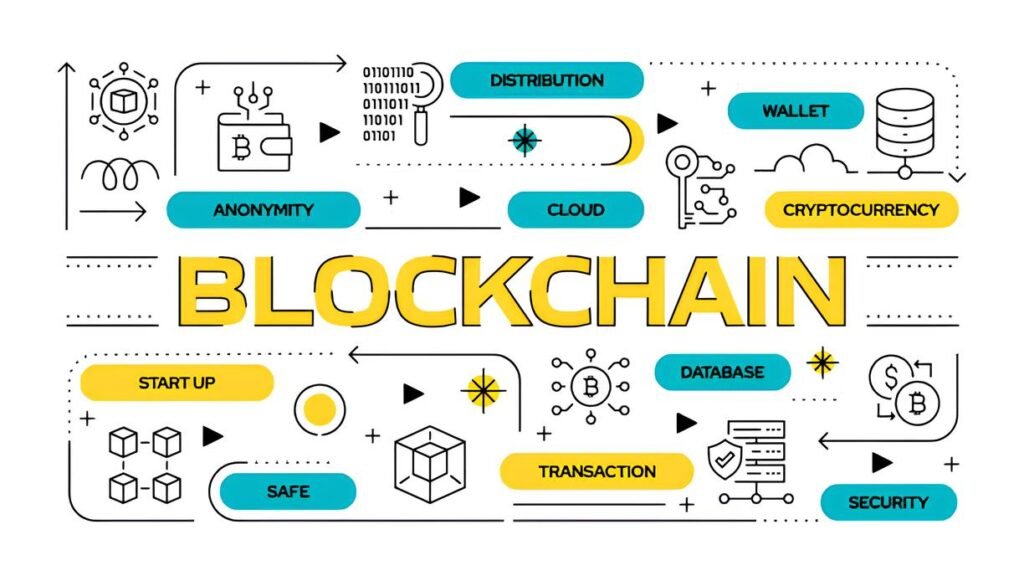Imagine sending a message locked in a digital safe, thinking it’s impenetrable. You hit “send” with confidence, believing only your intended recipient holds the key. But what if that safe isn’t as secure as it seems? Encryption, especially in email, promises privacy like a fortress, yet subtle cracks and unseen vulnerabilities might be exposing more than you bargained for.
In a world where cyber threats evolve every day and sophisticated actors hunt for the slightest weakness, your encrypted email may not be foolproof. The reality is, even with encryption in place, your messages and metadata can leak, your identity can be inferred, and your privacy compromised without you noticing. How does this happen? And what should you actually expect from encrypted email services?
In This Article
- How Email Encryption Works—and Where It Falls Short
- The Hidden Cost of Metadata in Your Encrypted Emails
- Common Myths About Encrypted Email Security
- Risks That Go Beyond Encryption: Device, Network, and Human Factors
- How to Improve Your Email Privacy Beyond Basic Encryption
- FAQ: What You Should Know About Email Encryption
How Email Encryption Works—and Where It Falls Short
At its core, email encryption scrambles your message so only someone with the right key can read it. Technologies like PGP (Pretty Good Privacy) or S/MIME (Secure/Multipurpose Internet Mail Extensions) use a pair of keys—one public, one private—to lock and unlock emails.
When you send an encrypted email, the content itself is transformed into ciphertext. Even if intercepted during transit, it should appear as gibberish. Sounds perfect, right? But here’s the catch: this encryption typically applies only to the message body and attachments, not every part of your email.
Headers like the subject line, sender’s and recipients’ email addresses, timestamps, and routing information often remain unencrypted. This means while the content is shielded, a trove of information about the email is still visible to servers handling the message along the way.
Moreover, encryption relies heavily on the trustworthiness of your keys and the underlying infrastructure. If a recipient’s private key is compromised, or if your key isn’t properly validated—common issues in key management—the security collapses. And if you’re sending emails between providers, the message may be decrypted at their servers before reaching the recipient.
Remember: encryption protects the content of your message, but often not the context—like who, when, and where you’re communicating.
The Hidden Cost of Metadata in Your Encrypted Emails
Even if your messages are fully encrypted, email metadata remains a persistent privacy hole. Metadata is everything about your email except the actual message content—it includes sender and recipient addresses, time sent, IP addresses, and routing information.
This data is like footprints in the snow—subtle but telling. Governments, corporations, or hackers monitoring email servers can analyze it to map your networks, infer relationships, study your habits, and even pinpoint your geographic location.
Some encrypted email providers promise to minimize metadata. Yet, to deliver emails, servers must handle this information, often until the message is fully sent or received. Some providers log these details, willingly or not, increasing risks if those logs are compromised or subpoenaed.
Even worse, many encrypted email solutions don’t hide your IP address when sending mail, which can be used to track your location. Your IP is like a digital home address giving away where you are, regardless of how strong your message encryption is.
Metadata Exposure in Action
Consider this: a whistleblower sends encrypted emails to journalists but consistently uses the same email account and device. Over time, observers can correlate their IP addresses with email activity and use metadata to unravel their identity—even if message content remains unreadable. The leak isn’t in encryption—it’s in the traces left behind.
Common Myths About Encrypted Email Security
Misconceptions about encrypted email often give users a false sense of security. Let’s debunk some of the most persistent myths.
- Myth 1: “Encrypted emails are immune to hacking.”
Reality: Encryption protects messages during transit and storage, but vulnerabilities can still exist in apps, devices, or key management. - Myth 2: “If I use a secure email provider, my emails are completely private.”
Reality: Secure providers reduce risks but are susceptible to legal requests, insider threats, or technical exploits. - Myth 3: “Email encryption hides everything, including sender and receiver info.”
Reality: Most encryption standards leave headers unencrypted for mail routing, revealing communication pairs. - Myth 4: “Encrypted email means total anonymity.”
Reality: Anonymity depends on many factors beyond encryption, including IP masking, behavioral patterns, and endpoint security.
Relying solely on encrypted email without strong operational security practices can leave you exposed to surveillance or phishing attacks.
Risks That Go Beyond Encryption: Device, Network, and Human Factors
Encryption is vital, but it rarely operates in a vacuum. Real-world risks often lie outside the cryptographic envelope.
Endpoint Security Vulnerabilities
If a hacker gains access to your device—through malware, keyloggers, or physical intrusion—encrypted email content can be exposed after decryption. Devices are the weak link, turning even the best encryption into readable data in the wrong hands.
Compromised Passwords and Key Theft
Your encryption keys and passwords must be securely stored. Using weak passwords, reusing them across platforms, or neglecting multi-factor authentication can undermine protection. Stolen or leaked keys allow attackers to read your emails effortlessly.
Network-Level Surveillance and Traffic Analysis
Encrypted emails travel through many servers before delivery. Metadata and traffic patterns can be analyzed to monitor communication partners and timing. Without additional layers like VPNs or Tor, your IP address and network activity can be tracked.
Human Error and Social Engineering
Often overlooked is the danger from simple mistakes: sending encrypted messages to the wrong recipient, misconfiguring encryption tools, or falling victim to phishing schemes. Attackers exploit trust and human error far more than encryption flaws.
Many privacy-conscious users find themselves at risk not because their encryption was broken, but because of operational slips or inadequate threat modeling. Learning about how to maintain consistent security across devices and networks is just as critical.
How to Improve Your Email Privacy Beyond Basic Encryption
So, what can you do to strengthen your defenses and ensure your encrypted emails deliver the privacy they promise?
- Choose privacy-focused email providers that minimize metadata retention, support full end-to-end encryption, and respect user anonymity. Some providers offer onion hidden services or integration with Tor to improve anonymity.
- Manage encryption keys properly. Use robust key generation methods and change keys periodically. Consider hardware security modules or smartcards for storing private keys safely.
- Mask your IP address. Use trusted VPNs or Tor to hide your location when sending or receiving emails. For example, learn more about the best VPNs for Tor in 2025 to integrate with your email privacy set-up.
- Be wary of metadata. Avoid including sensitive data in subject lines or attachments. When possible, use tools that strip metadata from files before sending, like dedicated metadata anonymization toolkits.
- Practice operational security (OpSec). Work on compartmentalizing email accounts, avoiding reuse, and limiting overlap of online identities.
- Secure your devices. Install reputable antivirus and anti-malware software, keep systems updated, and avoid using compromised or public devices for sensitive communication.
For tighter OpSec, consider bootable privacy-focused operating systems like Tails or Whonix that enforce routing traffic through Tor and minimize leaks.
FAQ: What You Should Know About Email Encryption
Q: Does using encrypted email guarantee privacy?
A: Not entirely. While encryption protects message content from interception, you must also safeguard metadata, endpoint security, and operational practices for full privacy.
Q: Can email providers read my encrypted messages?
A: If you use true end-to-end encryption with PGP or S/MIME correctly, providers shouldn’t be able to read your messages. However, webmail providers that encrypt only at the transport layer (TLS) can see your data once decrypted on their servers.
Q: Are there encrypted email services that hide metadata?
A: Few services go beyond encrypting content to reduce metadata visibility. ProtonMail and Tutanota make strides here, but no service can fully eliminate metadata without trade-offs.
Q: How can I send encrypted emails to someone who doesn’t use encryption?
A: Options are limited. You can use password-protected attachments or secure messaging platforms. For regular emails, encryption requires both sender and recipient to participate.
Q: Is using VPN with encrypted email necessary?
A: It is highly recommended. VPNs or Tor conceal your IP and protect metadata from network-level surveillance, adding a critical layer of privacy.
Secure email is an important privacy tool, but it is only one piece in a much larger puzzle. Protecting your digital communication requires a combination of technology, strategy, and awareness to stay steps ahead in today’s risk-filled online environment.


